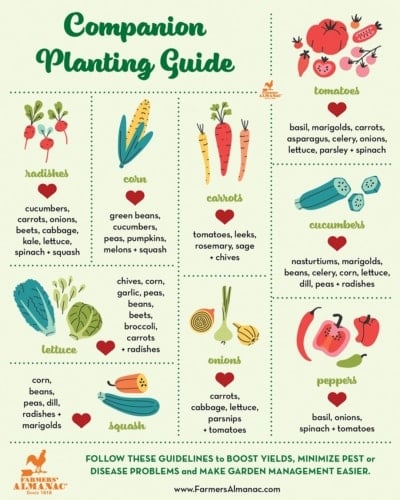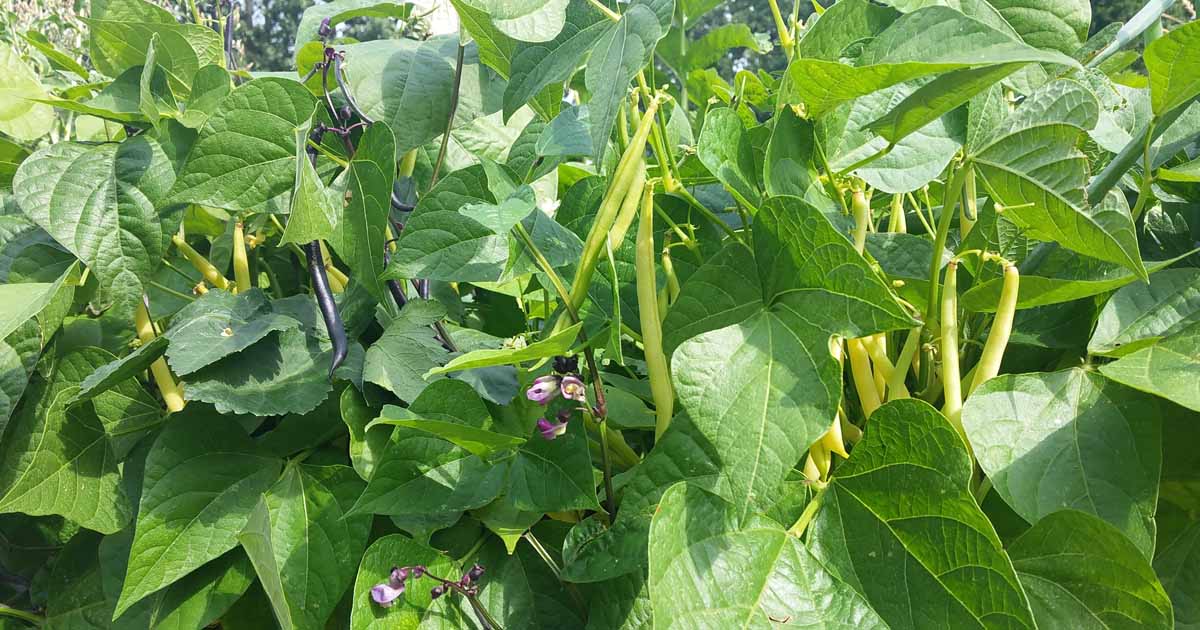The Ultimate Guide To Companion Planting With Blue Lake Bush Beans
The Ultimate Guide to Companion Planting with Blue Lake Bush Beans
Blue Lake bush beans are a popular variety of beans that are easy to grow and delicious to eat. They are also a great choice for companion planting, as they can benefit from the presence of other plants in the garden.
In this guide, we will discuss the benefits of companion planting with Blue Lake bush beans, as well as some of the best plants to grow alongside them. We will also provide some tips on how to plant and care for your beans so that you can enjoy a bountiful harvest.
Benefits of Companion Planting with Blue Lake Bush Beans
There are many benefits to companion planting with Blue Lake bush beans. Some of the most important benefits include:
- Attracting beneficial insects: Many companion plants attract beneficial insects, such as ladybugs, lacewings, and hoverflies. These insects help to control pests that can damage your beans.
- Improving soil health: Some companion plants, such as legumes, can fix nitrogen in the soil. This helps to improve the fertility of the soil and makes it easier for your beans to grow.
- Distracting pests: Some companion plants can distract pests from your beans. For example, marigolds are known to repel Mexican bean beetles.
- Shading the soil: Some companion plants can shade the soil around your beans. This helps to keep the soil cool and moist, which is ideal for bean growth.
Best Companion Plants for Blue Lake Bush Beans
There are many different plants that can be grown alongside Blue Lake bush beans. Some of the best companion plants include:
- Marigolds: Marigolds are a classic companion plant for beans. They help to repel pests, such as Mexican bean beetles, and they also attract beneficial insects.
- Nasturtiums: Nasturtiums are another great companion plant for beans. They help to deter pests and they also add a splash of color to the garden.
- Potatoes: Potatoes can be grown alongside bush beans to help protect them from the Colorado potato beetle.
- Cucumbers: Cucumbers and bush beans can be grown together to help support each other. The cucumbers provide shade for the beans, while the beans help to keep the soil moist.
- Peas: Peas and bush beans can be grown together as a "double crop." This means that you can plant both peas and beans in the same area and harvest both crops in the same season.
How to Plant and Care for Blue Lake Bush Beans
Blue Lake bush beans are relatively easy to plant and care for. Here are some tips:
- Plant beans in full sun. Bush beans need at least 6 hours of sunlight per day.
- Plant beans in well-drained soil. Bush beans are not tolerant of wet soil.
- Add compost or manure to the soil before planting. This will help to improve the fertility of the soil and make it easier for the beans to grow.
- Space the beans 1-2 feet apart. This will give them enough room to grow and develop.
- Water the beans regularly. Bush beans need about 1 inch of water per week.
- Fertilize the beans every few weeks. Use a balanced fertilizer, such as 10-10-10.
- Pick the beans when they are young and tender. This will ensure that they are at their best flavor.
Conclusion
Companion planting with Blue Lake bush beans is a great way to improve the health and productivity of your garden. By planting beans alongside the right companion plants, you can attract beneficial insects, improve soil health, and deter pests. With a little care and attention, you can enjoy a bountiful harvest of delicious Blue Lake bush beans.
Blue lake bush beans are a popular variety of beans that are easy to grow and produce a bountiful harvest. But did you know that there are certain companion plants that can help to improve the growth and productivity of your blue lake bush beans?
Some of the best companion plants for blue lake bush beans include:
- Marigolds: Marigolds help to repel pests, such as Mexican bean beetles, that can damage your beans.
- Nasturtiums: Nasturtiums also help to repel pests, and they also attract beneficial insects, such as ladybugs, that can help to control pests.
- Cucumbers: Cucumbers help to suppress weeds, which can compete with your beans for water and nutrients.
- Peas: Peas help to improve the nitrogen content of the soil, which can benefit your beans.
For more information about companion plants for blue lake bush beans, please visit Gardenia Inspiration. This website provides a comprehensive list of companion plants, as well as information about the benefits of planting companion plants.
Image of blue lake bush beans companion plants
Marigolds help to repel pests, such as Mexican bean beetles, from beans. They also attract beneficial insects, such as ladybugs and parasitic wasps, which help to control pests.
Cucumbers and beans are both nitrogen-fixing plants, which means that they can help to enrich the soil for each other. Cucumbers also provide shade for beans, which can help to protect them from the sun.
Nasturtiums help to repel pests, such as aphids and whiteflies, from beans. They also attract beneficial insects, such as ladybugs and hoverflies, which help to control pests.
Borage attracts beneficial insects, such as bees and butterflies, which help to pollinate beans. It also helps to repel pests, such as cabbage moths and carrot rust flies.
Potatoes and beans are both heavy feeders, so they can help to each other out by using different nutrients from the soil. Potatoes also help to suppress weeds, which can help to protect beans from competition.


Post a Comment for "The Ultimate Guide To Companion Planting With Blue Lake Bush Beans"